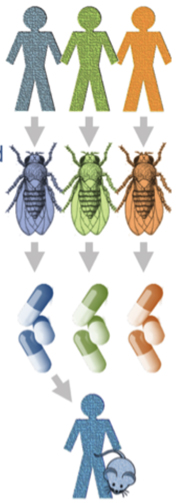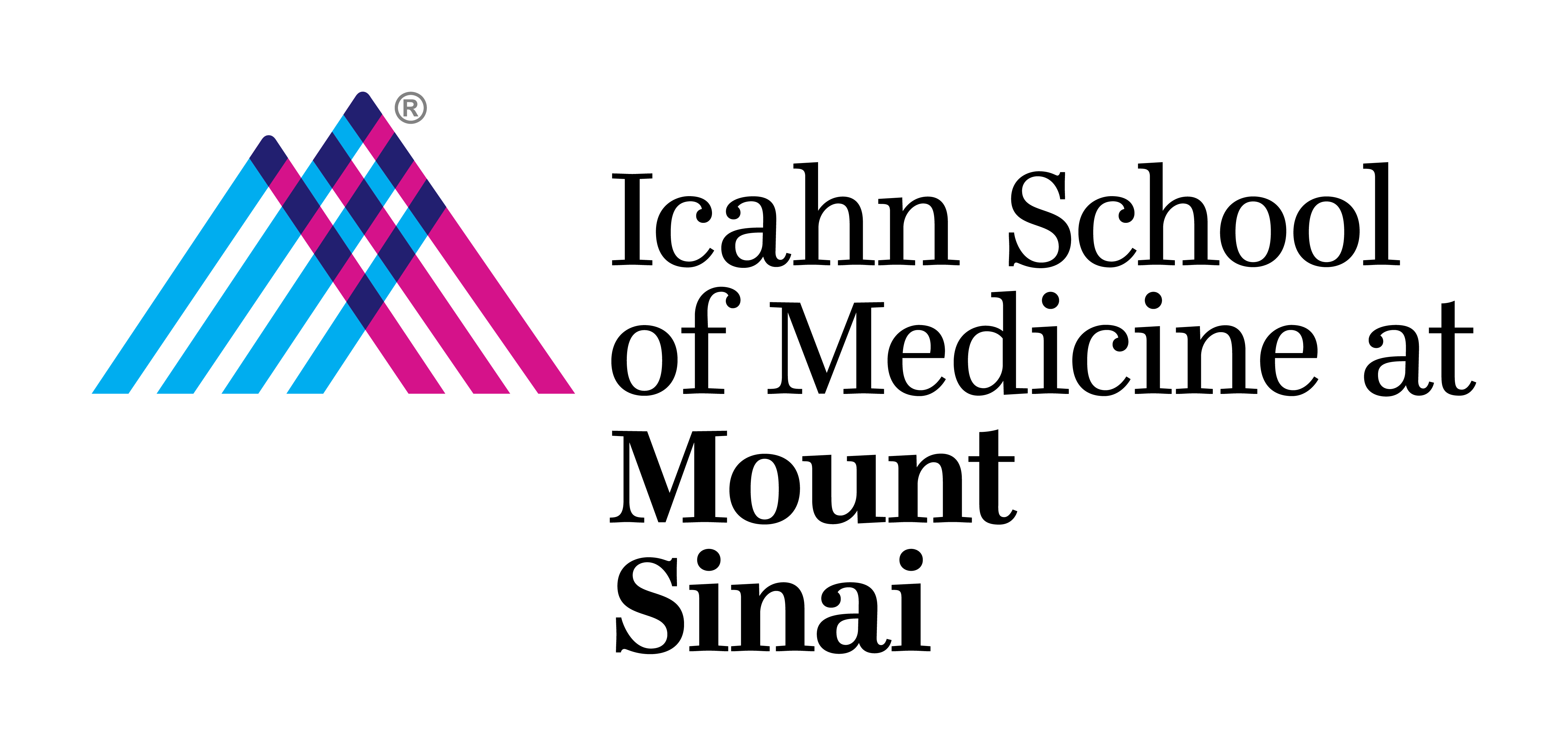
Welcome to the Mount Sinai Pilot Center for Precision Disease Modeling
Our Mission- Use of Model Organisms to Develop Therapeutics
Genetics-based diseases have proven difficult to develop therapies that bring the disease into remission without significant side effects. The central theme of the Mount Sinai Pilot Center for Precision Disease Modeling is to leverage the advantages of Drosophila and mouse genetics and stem cell technology to build a ‘functional network platform’ designed to identify therapeutics for colorectal cancer and Rasopathies. Our long-term objective is to further develop a platform and pipeline that can be adapted to a broad range of diseases, and share our platform with the applied science community.
This Specialized Center is one of three Centers supported by the Office of the Director, National Institute of Health, project # 1U54OD020355, program officer Oleg Mirochnitchenko. Project dates 8-1-2015 to 7-31-2020.
Principal Investigator
Ross L. Cagan
Icahn School of Medicine at Mount Sinai
ross.cagan@mssm.edu
Our Platform- Fly/Chemistry/Mammals
Genetics-based diseases have proven difficult to treat due to the complexity of the disease in the context of the whole body. At the Mount Sinai Pilot Center for Precision Disease Modeling, we are working to provide to the community a novel discovery platform designed to develop drugs and identify truly personalized therapeutics in a rapid, rational, and cost effective manner.
The Center leverages the advantages of the fruit fly Drosophila to build a ‘functional network platform’ designed to identify therapeutics that address disease complexity. We then use stem cell approaches to explore the most promising leads in a human cell context. Our overall objective is to further develop a platform and pipeline that can be adapted to a broad range of diseases.
We are currently focused on two diseases—colorectal cancer and RASopathy—to develop and demonstrate the strength of our platform to address both a rare Mendelian disease and one of the most common cancers. As our platform matures, we will offer a readily accessible standard operating procedure that will most efficiently bring our platform to the applied science community. In short, we model disease with Drosophila, using their genetic tools to identify pro-targets (therapeutic targets) and anti-targets (liabilities). This information informs our medicinal and computational chemistry; after further fly validation, we test our leads in human iPSC and mouse xenograft models. The details are in the links:

